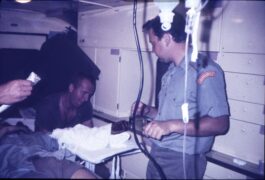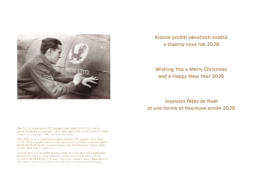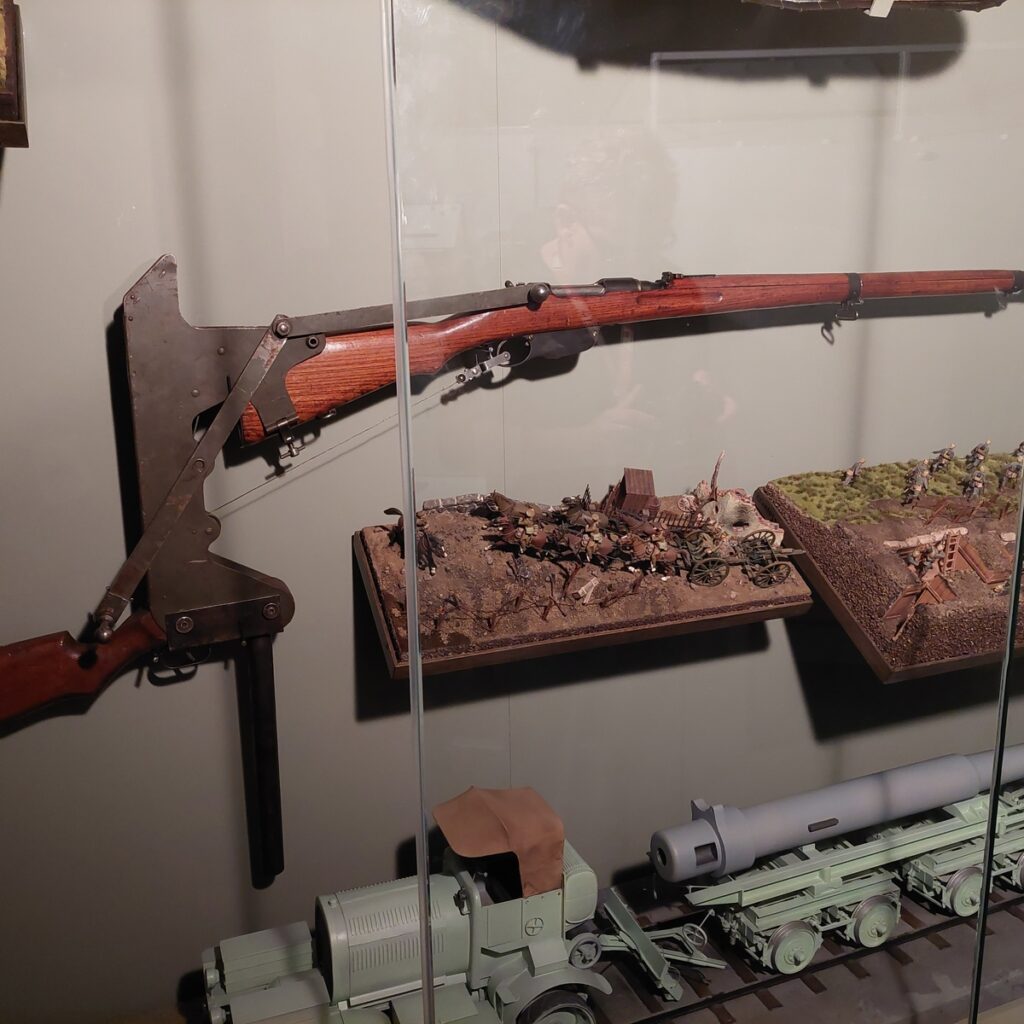
04 Austro-Hungarian Trench Rifle Mannlicher 1895 Model, Calibre 8 mm Mannlicher
Fotogalerie
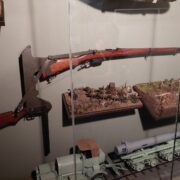

The Mannlicher rifles characterized by a common feature of the direct towing breech and loading by the help of box magazines became the backbone of the Austro Hungarian infantry armament. The Model 1895 rifle is characterised by its straight-pull breech with an improved locking mechanism consisting of a rotary bolt, which is equipped with two locking teeth in the front. This type of bolt is unlocked not by rotating the bolt around its longitudinal axis, but by sliding it back and forth, which, among other things, made it faster to fire. However, the enthusiasm for the simple operation of the bolt waned after combat experience. The solution had its shortcomings, the bolt required quite a lot of force to open. Especially in freezing or muddy conditions, it could jam or be very difficult to open.
Trench warfare then required further innovations. One of them was the introduction of a special mechanism that combined a trench periscope, a stock and a tensioning mechanism that allowed the weapon to be reloaded. The triggers were connected by a steel cable. It was a device that allowed soldiers to fire their rifles from the safety of the trench. All sides developed different types of periscope. In the Austro-Hungarian and German armies, such trench mechanisms have been around since 1915 and are called "Spiegelkolben".
Aktuálně
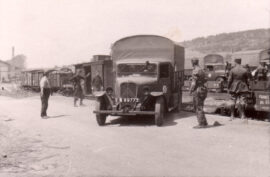
Oceňovaní spojenci - Pozemní útvary československé branné moci v bitvě o Francii očima francouzského velení

Vánoce a přelom roku v zahraniční misi na Slovensku v roce 2022

Prosinec 1944 – oficiální vydání prvních poštovních známek osvobozeného Československa
